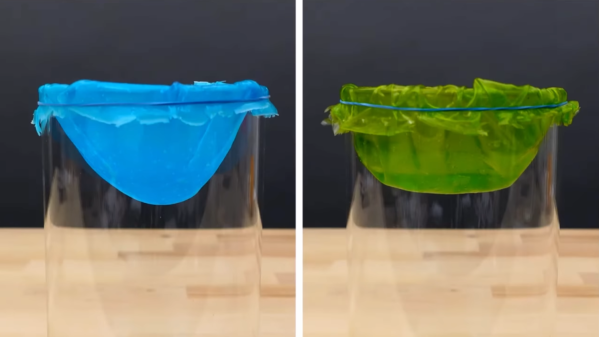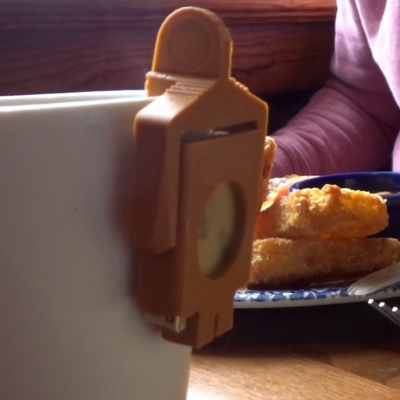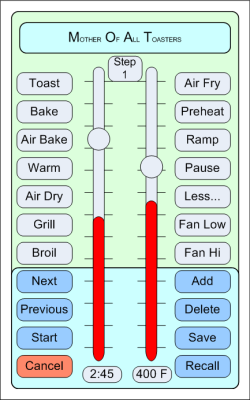The Hackaday 2025 Component Abuse Challenge is all about abusing electronic components in the service of making them do things they were never intended to. It’s not the 2025 Food Abuse Challenge, so in the case of [Ian Dunn]’s hot dog pressed into service as an LED tester, we’ll take the ‘dawg to be a component in its own right. And by any measure, it’s being abused!
Cooking hot dogs by passing an electric current through them has a long and faintly hazardous history to it — we’re sure we’ve heard of domestic hot dog cooker appliances that are little more than the mains supply on a pin at each end of a hot dog shaped receptacle. This one takes the ‘dawg in a bun with condiments, no less, and sticks an ordinary table fork wired up to the grid in each end. The LED testing is the cherry on the cake, because he simply sticks a pile of LEDs by their pins into the tasty sausage. It forms a crude potential divider, so there’s about enough volts across the gap between pins to light it up nicely.
We like this project on so many levels, though we’re not sure what heavy metals would leach out of those LED pins into the meat. If it’s inspired you to do something similar you still have a few days in which to enter the contest, so break out your convenience food and a pile of parts, and start experimenting!









 Next came the plan for the upgrades—a long list that included precise temperature control and the ability to send an SMS showing the state of your meal. A Raspberry Pi Zero, a solid-state relay, a relay control board, and a thermocouple were added to the toaster, unlocking far more capability and control than it had originally. Some tuning is required to fully enable these new features and to dial in the precision this once run-of-the-mill toaster is now capable of.
Next came the plan for the upgrades—a long list that included precise temperature control and the ability to send an SMS showing the state of your meal. A Raspberry Pi Zero, a solid-state relay, a relay control board, and a thermocouple were added to the toaster, unlocking far more capability and control than it had originally. Some tuning is required to fully enable these new features and to dial in the precision this once run-of-the-mill toaster is now capable of.









